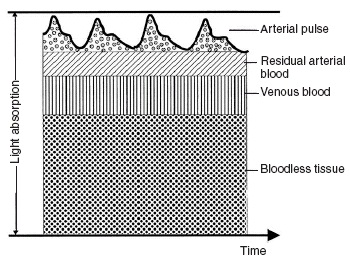nafn
Newbie level 4
Hi all!
Please share your ideas with me. Here is my problem. I have 4 sensors which output four different values. The signals from these four outputs are combination of AC and DC signal and they are captured from a large portion area simultaneously.
My question is; Is there any method how can I select the highest value out of four outputs in analog domain? The reason I want to do this is to avoid complex signal processing technique later on.
Someone (from other forum I join) suggested me to use voltage follower with a diode in the feedback loop. But, this method is not that reliable based on the simulation results that I already carried out.
Please, do shed some lights upon this matter.
Many thanks in advance!
Please share your ideas with me. Here is my problem. I have 4 sensors which output four different values. The signals from these four outputs are combination of AC and DC signal and they are captured from a large portion area simultaneously.
My question is; Is there any method how can I select the highest value out of four outputs in analog domain? The reason I want to do this is to avoid complex signal processing technique later on.
Someone (from other forum I join) suggested me to use voltage follower with a diode in the feedback loop. But, this method is not that reliable based on the simulation results that I already carried out.
Please, do shed some lights upon this matter.
Many thanks in advance!
